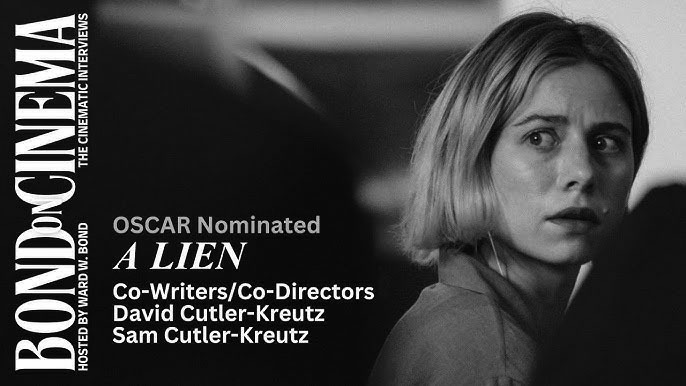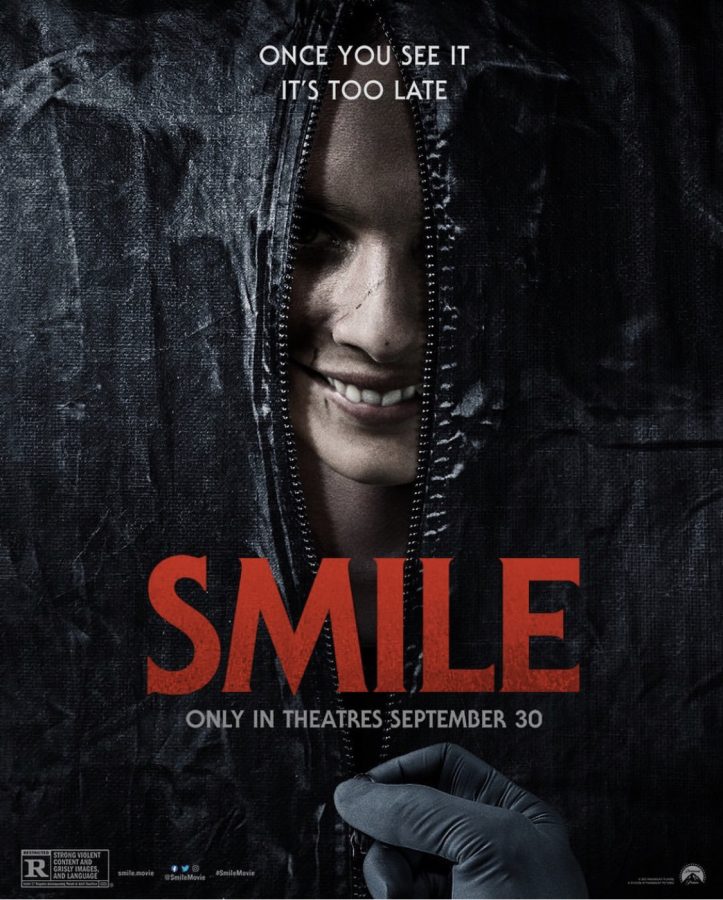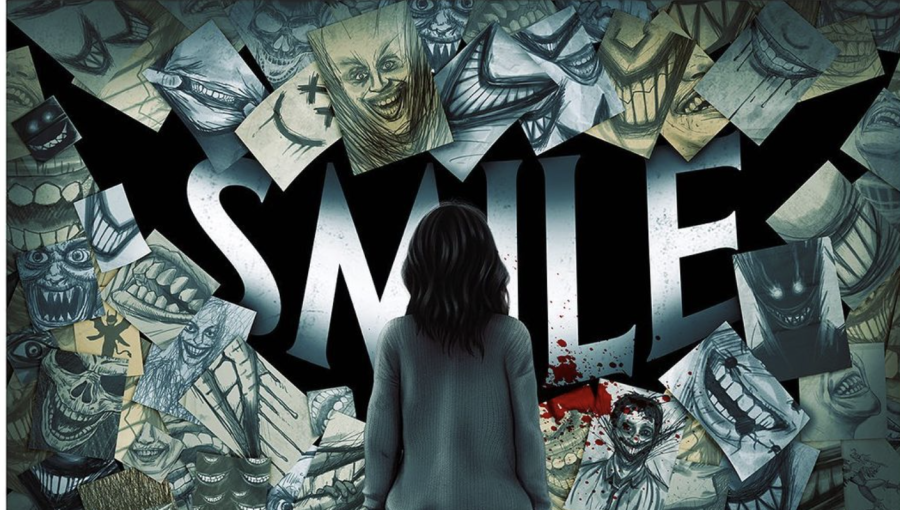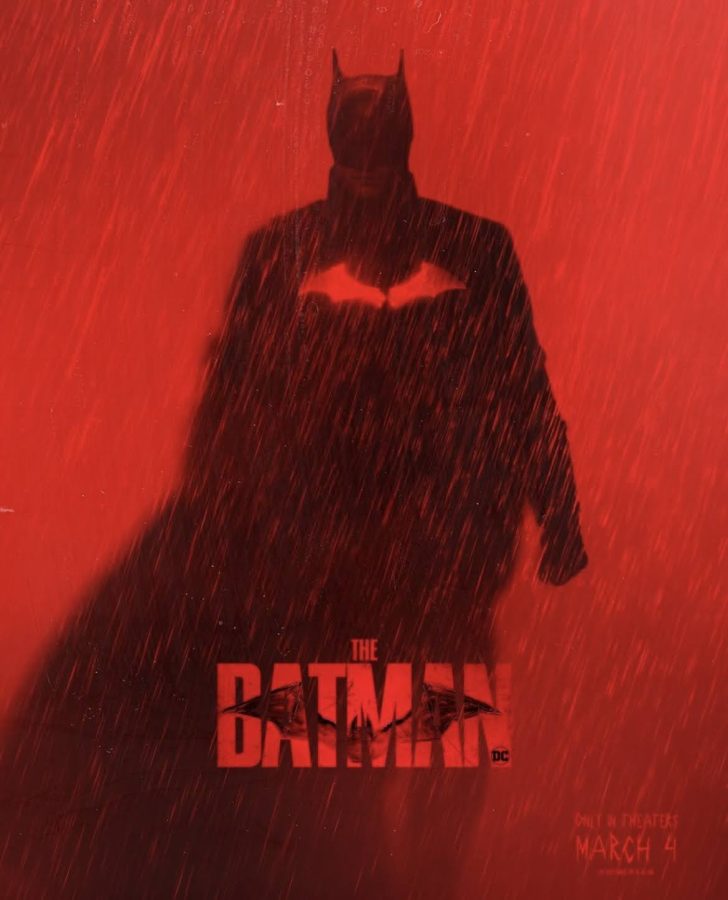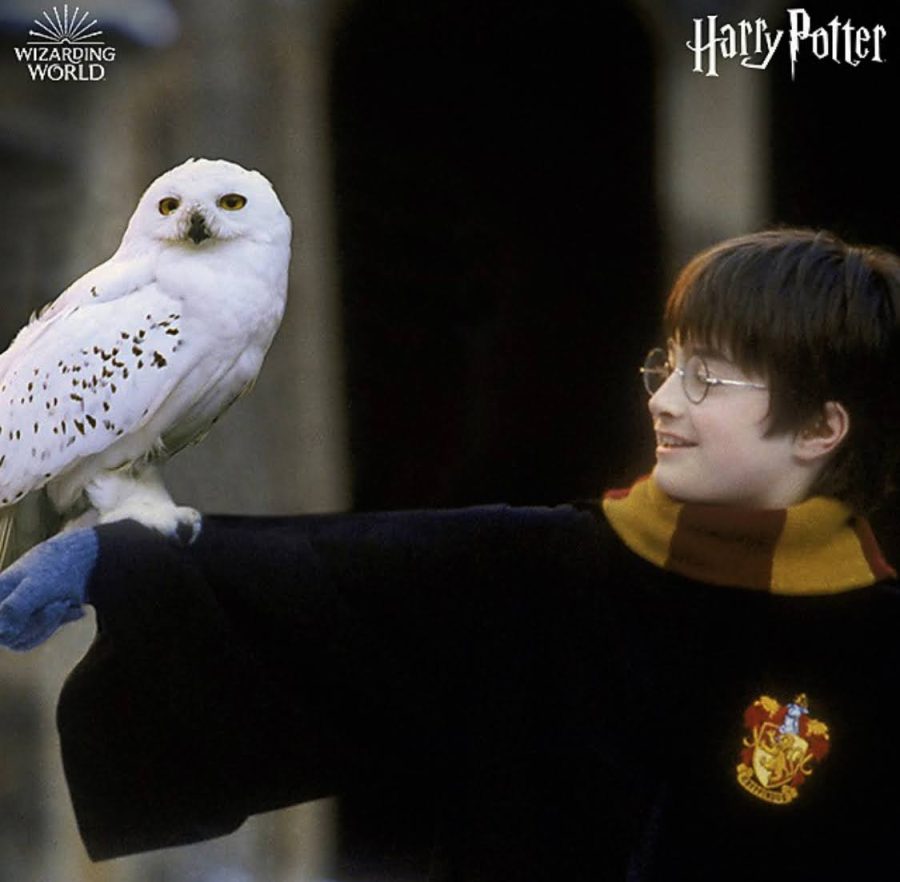Due to the rich cinematic potential of the subject matter, World War II has been the subject of countless films. Fury is the latest film to delve into the world of World War II.
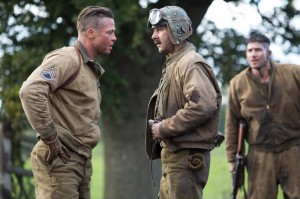
Taking place in Germany as the American military finishes off Nazi resistance in the final days of the war, the film follows the crew of the tank Fury, which is led by Brad Pitt. At the start of the film, the tank’s assistant driver has just been killed. So, Logan Lerman’s character, Norman, is sent in to replace him. This is where the story kicks off, for Norman is not battle hardened like the rest of the Fury.
We follow Norman as he is exposed to the horrors of the dwindling war, as the crew of Fury kills off Nazis in brutal ways, such as incineration, stabbings and a ton of gunfire. While Fury is not an epic war movie on the grand scales of Saving Private Ryan or War Horse, it is quite an intimate movie in the sense that we are inside the tank for most of the film.
Each crew member has a distinct personality, with Pitt playing a calculating cynical sergeant called “Wardaddy.” John Bernthal plays the tank’s loader “Coon-ass,” who is a bullies Norman and is often reckless in battle. Michael Pena plays Gordo, another gunner who fits into the Hispanic-American stereotype. Finally, Shia LaBeouf plays “Bible,” another gunner.
While the crew does have chemistry, I honestly would have to say I could not remember any of their names right after the movie besides Norman. When Pitt was on screen, I kept thinking “there’s Brad Pitt.” John Bernthal’s character was played exactly like his character Shane from The Walking Dead. This just goes to show that perhaps the crew is not the most distinguishable.
The one exception to the crew’s lack of distinction is LaBeouf’s character Bible. Going into Fury, one of my biggest worries was the casting of LaBeouf. Up until Fury, he has always played the same wisecracking teenager seen in the Indiana Jones and Transformers films. However, in Fury, Labeouf is a reverent determined soldier who has conviction and boldness, and quite frankly, he might have given the best performance in the film.
Logan Lerman plays the part of Norman well enough; he progresses as a character throughout the film. At the start, he is a typist transferred to the tank regiment of the army. He would rather die than kill a Nazi prisoner. But as a result of the horrors of war, Norman is gunning down Nazis by the dozens when the final battle comes.
The story is fairly simple and predictable, yet it is told in a way that lends to thought provoking ideas about the horrors and effects of war. While there is a solid fifteen minute scene in an apartment with two German girls that drags on, action drives are satisfied by the thrilling finale.
The finale is a standoff between Fury and a Nazi battalion that is very intense.
Asides from the performances and story, Fury is very well made from a technical aspect. The battle scenes are well shot with wide landscapes in the background to annunciate the tanks. The gore in Fury is not over the top, but rather stresses the horrors of war. Decomposed corpses are rolled over in the mud, faces and limbs are shot off, and soldiers burn alive before our eyes. Yet this gore is not going for the gross out factor like in Inglorious Bastards. The theme of the film as a whole seems to be that winning a war comes at a horrible cost. Victory is not always glorious, and that has been glossed over in other war films such as The Patriot and Captain America: The First Avenger. The carnage and gore contribute to this theme.
When all is said and done, dragging sequences and poor characterization is well made up for by intense action and thought provoking themes, making Fury worth a trip to the movies for $5 Tuesdays.




